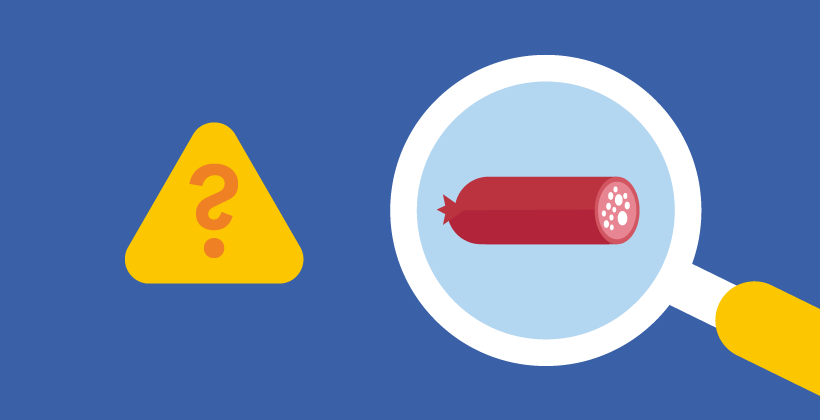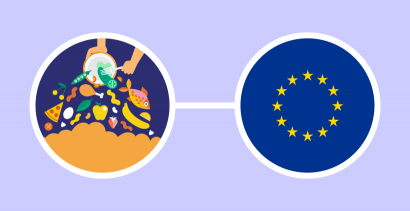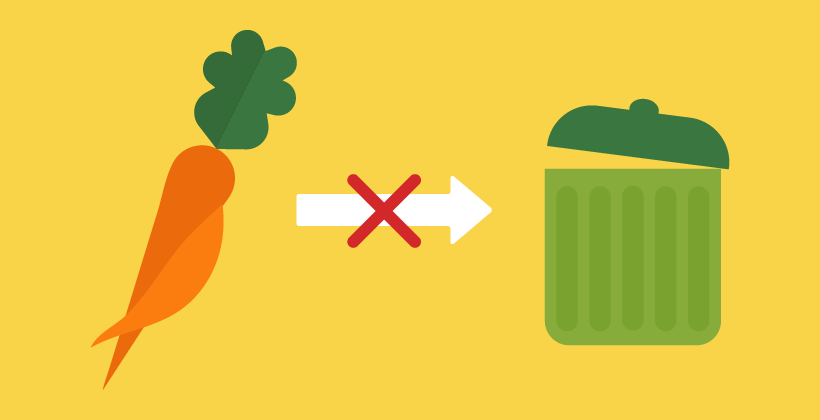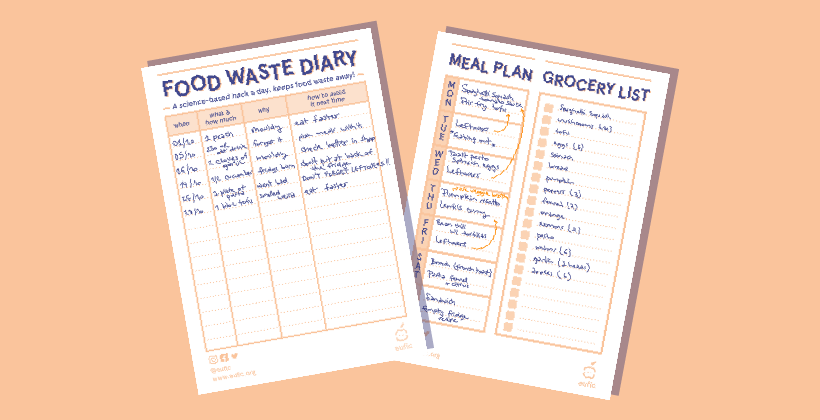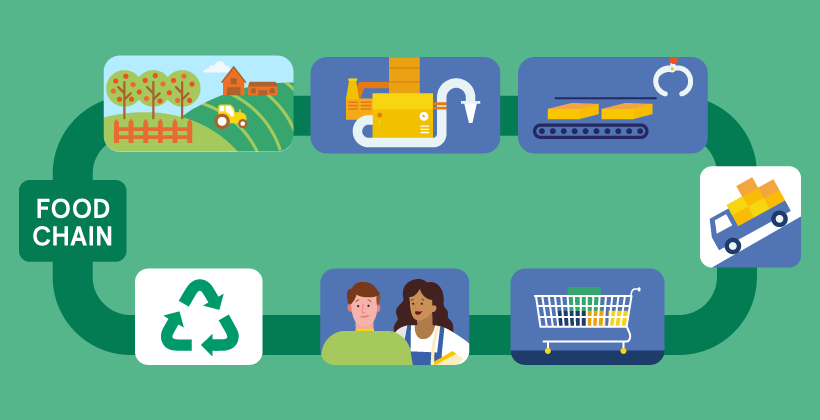Food safety
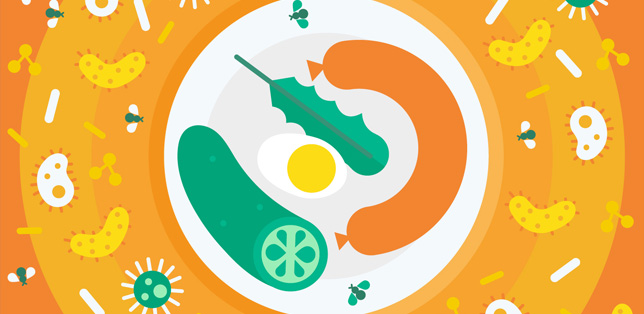
Stay safe
Foodborne illnesses are a burden on public health and contribute significantly to the cost of health care. The good news is that they are preventable! Food safety is a shared responsibility of everybody involved with food, from governments, food producers, retailers and consumers. All along the food chain, legislation and controls are implemented to minimize the risk of contamination and ensure that the food which reaches the consumer's table is safe.
The best way to stay healthy at home remains to be well informed about the basic principles of food production and safe food handling.



